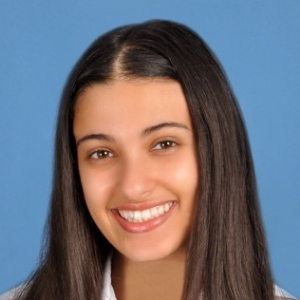Title : Prioritizing range of motion over radiographic staging in carpometacarpal osteoarthritis: A clinical perspective
Abstract:
Introduction: Carpometacarpal (CMC) osteoarthritis (OA) predominantly affects older women, leading to cartilage degeneration, pain, and functional impairment. As patients compensate for this pain by overusing surrounding joints, they may develop deformities such as adduction contracture and the zig-zag deformity, characterized by limited CMC abduction and metacarpophalangeal (MCP) hyperextension. CMC OA severity is often classified radiographically based on joint changes like space narrowing, sclerosis, and osteophytes, but these classifications do not account for range of motion (ROM) limitations due to pain. This study aims to quantify ROM loss in CMC OA patients, assess its impact on surrounding joints, and correlate ROM limitations with radiographic disease stages.
Methods: The study included patients aged 18 and older with radiographically confirmed CMC OA. Exclusion criteria included prior trauma or surgery on the affected CMC joint. A goniometer was used to measure ROM limitations at the CMC, MCP, and interphalangeal (IP) joints of the thumb, including flexion, extension, abduction, adduction. CMC opposition was assessed using the total opposition scale. Radiographs were interpreted and graded on a scale from 0 (no changes) to 5 (severe changes) by an on-duty radiologist. One-way analysis of variance (ANOVA) and Pearson’s correlation test were conducted to analyze the relationship between radiographic severity and ROM, and to examine early signs of the zig-zag deformity.
Results: The study included 27 patients with CMC OA, 14 of whom had bilateral CMC OA, resulting in 41 cases. There was no statistically significant relationship between radiographic severity and ROM limitations (Table 1): CMC flexion (p=0.630), CMC extension (p=0.622), CMC abduction (p=0.070), CMC adduction (p=0.310), CMC opposition (p=0.827), MCP flexion (p=0.166), MCP extension (p=0.647), IP flexion (p=0.207), and IP extension (p=0.624). A selected figure of CMC flexion is shown to display the lack of correlation between ROM limitations and radiographic severity.
There was a negative correlation between CMC abduction and MCP extension (r=-0.119), but this was not statistically significant (p=0.229).
Discussion & Conclusion: Radiographic severity of CMC OA did not significantly correlate with ROM limitations in any of the thumb joints assessed. While radiographs confirm CMC OA, ROM limitations and pain levels should primarily guide treatment plans. Radiographs may underestimate disease severity, suggesting that ROM and pain levels could be better clinical indicators. One possible explanation for the discordance between radiographic severity and ROM is the variability in radiographic interpretation. This compromises the reliability of using radiographs alone for treatment planning. Our study was also limited by several factors. First, radiographs were reviewed by multiple radiologists, leading to inconsistent radiographic definitions for mild, moderate, and severe stages. Furthermore, we did not account for patients’ progression through occupational therapy and other conservative treatments which could influence ROM and pain. We are currently enrolling more patients to further investigate the optimal use of ROM measurements in the treatment of CMC OA.




